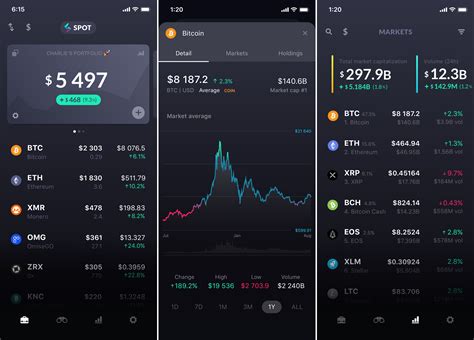Ethereum API: Executing Buy and Sell Orders Only at Profit
As an Ethereum developer, you are probably familiar with the concept of buy and sell orders in the Binance API. However, executing buy and sell orders only at profit can be a bit more complicated. In this article, we will explore the logic behind implementing such a feature and provide a step-by-step guide to help you achieve it.
Basics
Before diving into the implementation details, let’s quickly review some essential concepts:
- Order Types

: Binance offers a variety of order types, including market orders, limit orders, stop loss orders, and more.
- Price Data: You will need access to price data for each asset you want to trade. Binance provides both real-time and delayed price data through the API.
- API Authentication: Make sure you have the appropriate API credentials to access the Binance API.
Executing Buy Orders with Profit
To execute buy orders with profit only, follow these steps:
- Get Order Details: Use the GET /orders endpoint to get the details of a specific order.
- Check Profit: Check the “profit” response field. If it is not null, you are good to go.
- Create a Sell API Request: To execute a buy transaction, use the “POST /orders/{orderId}/executions” endpoint with the following parameters:
- “amount”: The amount of tokens you want to buy (e.g., ether).
- “side”: Set to “buy”.
- “type”: Set to “market”.
- “timestamp”: Use the timestamp from the API request.
- Configure Sell Order: To create a sell transaction, use the following parameters:
- “amount”: The amount of tokens you want to sell (e.g. ether).
- “side”: Set to “sell”.
- “type”: Set to “market”.
Installation Example
Here is an example of how to install Python using the Binance API and the requests' library:
import requests
Configure API credentialsapi_key = "YOUR_API_KEY"
api_secret = "YOUR_API_SECRET"
Set the order ID (replace with the actual order ID)order_id = 123456789
Get order detailsresponse = requests.get(f"
order_details = response.json()
if order_details['profit'] > 0:
Create a sell API requestresponse_sell = requests.post(
f"
json={
"type": "market",
"side": "sell",
"timestamp": int(time.time()),
"amount": order_details['total']
},
headers={"api_key": api_key, "api_secret": api_secret}
)
Log API request responseprint(response_sell.json())
else:
print ("No profit on sell!")
Implementation example with delayed price data
If you need to execute buy orders with profit using delayed price data, follow these steps:
- Get order details: Use the GET /orders endpoint with a timestamp set to the current time.
- Check profit: Check the "profit" response field. If it is not zero, you are good to go.
- Create a Sell API Request: To execute a buy transaction, use the same parameters as before ("amount", "half", and "type") with a timestamp set to the current time.
Implementation Example with Delayed Price Data
Here is an example of how to implement Python using the Binance API and the "requests" library:
“ python
import requests
Configure API credentials
api_key = “YOUR_API_KEY”
api_secret = “YOUR_API_SECRET”
Set the order ID (replace with the actual order ID)
order_id = 123456789
Get order details
answer_get_details = requests.get(f”